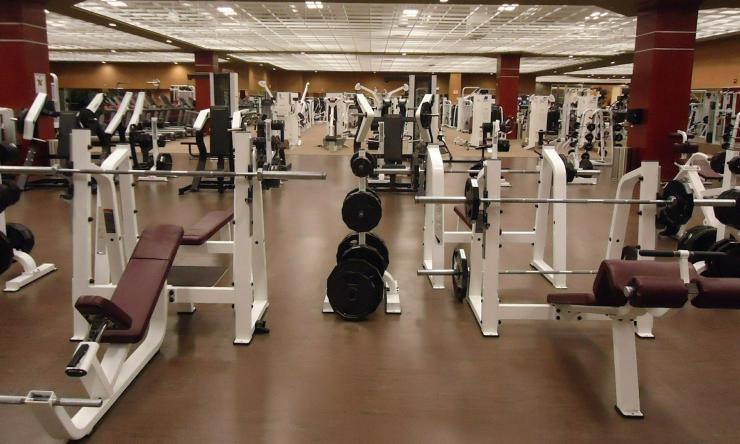Prevent gym germs this summer
Whether it be your first time at the gym or you’re an experienced lifter, it’s important to remember good gym hygiene. Melanie McNeal, physical and occupational therapy manager at Baylor College of Medicine, shares tips on keeping yourself and others healthy in the gym.
“Good hygiene prevents sicknesses like a cold, influenza and even salmonella, but cleanliness can also indicate that a gym is well maintained overall, including the quality of equipment,” McNeal said. “If hygiene rules are not followed you could get sick, get others sick or even have your membership cancelled.”
When going to a new gym for the first time, or double checking your gym’s cleanliness, there are a few key indicators to determine if hygiene is prioritized in the space:
- A lack of readily available or no sanitary wipes for members or staff to wipe down equipment after use often means equipment is harboring unseen bacteria
- No signs posted asking members to clean equipment after using or no cleaning schedule posted suggests cleanliness is not a priority for the gym
- Other gym members using equipment and not cleaning it afterwards on a consistent basis can show that there is not a culture of cleanliness
- Caked on layers of dust on equipment can indicate that equipment has not been cleaned in a while and shows neglect of cleanliness
- Lots of broken-down machines for extended periods of time can be due to a lack of interest from gym management in ensuring the space is well kept
To play your part in creating a clean environment at your gym, there are several things you can do. Before going to the gym, ensure you wear clean clothes each time you exercise. Used clothes accumulate sweat and other bacteria that can cause fowl smells or that can spread among the gym population.
When approaching equipment, conduct a visual inspection to see if it is clean. If you encounter a bench or other piece of equipment with wet residue from a chemical cleaning solution, allow it to dry on its own. This residue is generally safe and should not cause major irritation to the skin; however, the residue is an indicator that the solution’s contact time, the time it takes to kill all the bacteria, is not complete. It generally takes around 2 minutes for the solution to work, so this is how long you should wait before using equipment that has just been cleaned.
Upon completion of your exercise, take a provided wipe or solution sprayed on a napkin and wipe where your skin made contact with the equipment or where sweat has dripped. Avoid directly spraying chemical solutions onto equipment as excess moisture can cause damage. If you choose to shower after a workout, McNeal always recommends wearing flip flops or other footwear that prevent contact between your feet and the ground as these environments tend to be breeding grounds for mold, fungi and bacteria that can infect your feet.
“Expect a clean gym and report concerns to management if you have any,” McNeal said. “You should feel free to ask management about the cleaning schedule and always clean up after yourself. Leave equipment as you would want to find it when you walk up to it.










